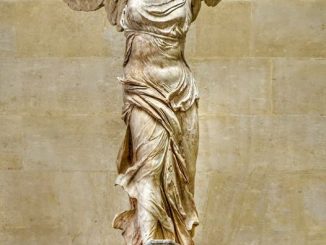The iconic Pietà stands as a testament to the genius and talent of Michelangelo Buonarotti, one of the greatest artists of the Italian Renaissance. Created when Michelangelo was just 23 years old, this masterpiece is a profound expression of spiritual and emotional depth. Commissioned by a French cardinal, the Pietà was sculpted from a single block of Carrara marble over the course of two years, from 1498 to 1500. It remains one of Michelangelo’s most celebrated works, revered for its exquisite craftsmanship and profound symbolism.
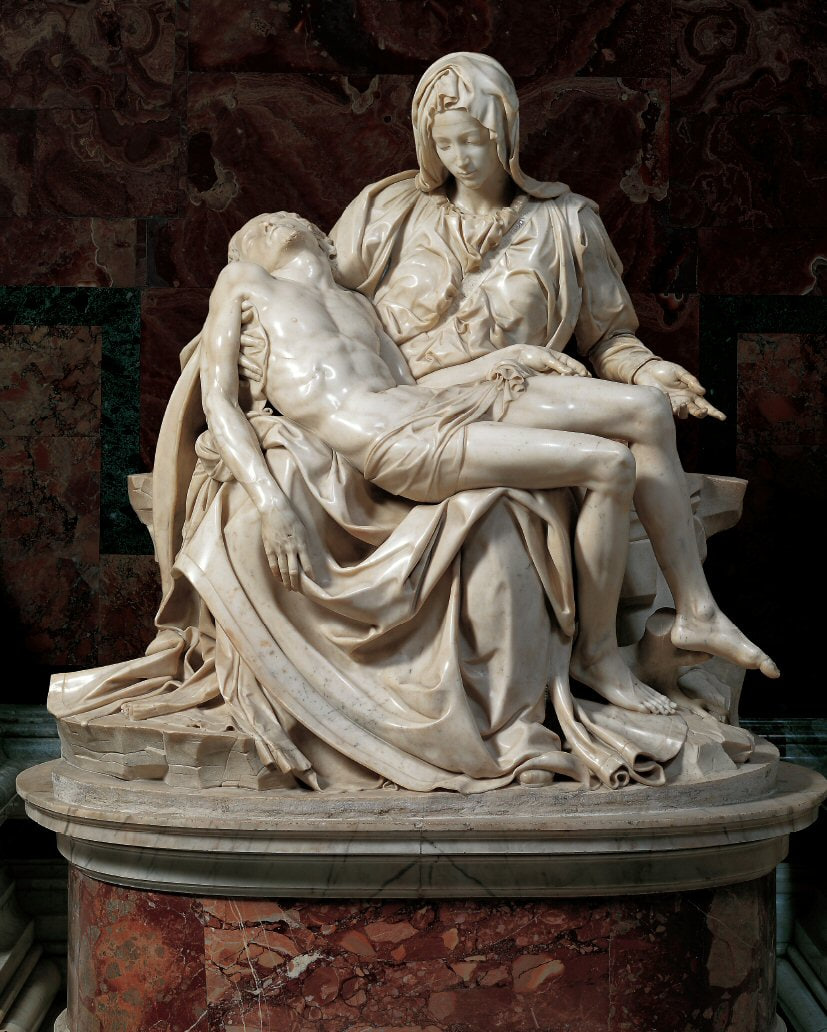
Michelangelo’s Pietà depicts the Virgin Mary cradling the lifeless body of Jesus Christ after his crucifixion, capturing a moment of profound grief and compassion. The delicate folds of Mary’s robes and the serene expression on her face convey a sense of maternal tenderness, while the lifeless form of Christ embodies the weight of human suffering and sacrifice. The Pietà is a masterful fusion of classical beauty and Christian spirituality, inviting viewers to contemplate the mysteries of faith and redemption.
Crafted from a single block of Carrara marble, the Pietà showcases Michelangelo’s unparalleled skill as a sculptor. The artist’s ability to transform cold, hard stone into a work of such grace and elegance is nothing short of miraculous. Every detail, from the intricately carved drapery to the delicate features of the figures, speaks to Michelangelo’s mastery of form and composition. It’s no wonder that the Pietà remains a source of inspiration and admiration for art lovers around the world.
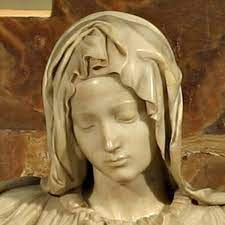
One of the most remarkable aspects of the Pietà is that it is the only sculpture Michelangelo ever signed. Carved into the sash across Mary’s chest is the inscription “MICHAELA[N]GELUS BONAROTUS FLORENTIN[US] FACIEBA[T]” (“Michelangelo Buonarotti, Florentine, made this”). This rare act of self-identification speaks to the significance of the Pietà in Michelangelo’s own estimation and underscores its importance in the artist’s oeuvre.
In conclusion, Michelangelo’s Pietà stands as a timeless masterpiece that continues to captivate and inspire audiences centuries after its creation. Its beauty, craftsmanship, and profound emotional resonance make it a quintessential example of Renaissance art. As we marvel at the Pietà and contemplate its significance, we are reminded of the enduring power of art to touch the human soul and transcend the boundaries of time and space.
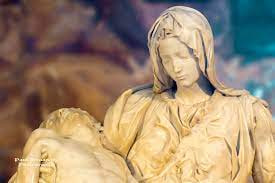
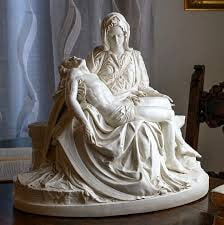
Archaeology plays a crucial role in uncovering the secrets of the past and preserving our cultural heritage for future generations. The discovery and study of masterpieces like Michelangelo’s Pietà provide valuable insights into the artistic achievements of previous civilizations and deepen our understanding of human creativity and expression. Through careful excavation and analysis, archaeologists ensure that treasures like the Pietà continue to enrich and inspire us for generations to come.
